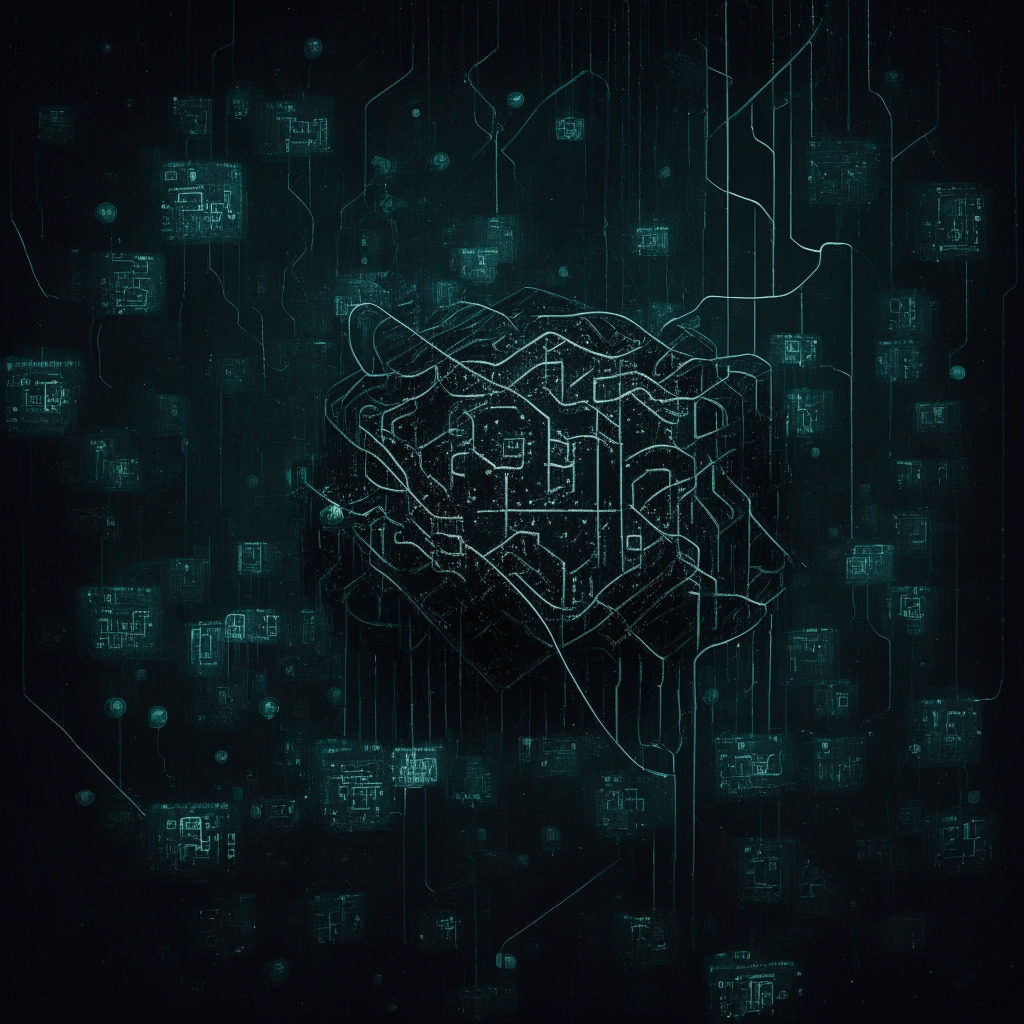In an increasingly digital world, cyberattacks have emerged as a grave threat for individuals, organizations, and governments alike. A cyberattack is a malicious attempt by nefarious individuals or groups to exploit vulnerabilities in digital systems for harmful purposes. Understanding the anatomy of these cyberattacks is crucial for adopting effective cybersecurity strategies.
The stages involved in a cyberattack are multifaceted, beginning with reconnaissance, where attackers gather data on their target to identify potential vulnerabilities, targets, and significant assets. The reconnaissance phase involves active or passive interaction with the target’s systems or networks.
The next stage is weaponization, in which attackers, having found their target, devise an attack by writing malicious code or exploiting existing weaknesses. Here, attackers have to create malware that can infiltrate or damage the target system. Malware can come in different forms like viruses, trojans, or ransomware.
The delivery stage, whereby the harmful payload needs to be delivered to the target, follows the weaponization stage. Attackers employ several techniques, including phishing emails, infected attachments, or watering hole assaults.
Once the payload has reached its destination, the exploitation stage begins. Attackers utilize vulnerabilities in the target’s system or network to gain unauthorized access, which often involves taking advantage of security flaws, unpatched software, or lax authentication procedures.
Once they gain access, the perpetrators move to install the harmful software. This move is aimed at ensuring the continued existence of the malicious code and maintaining control of the compromised system. The subsequent command and control stage sees attackers establish an infrastructure that allows them to communicate with the compromised systems covertly, exfiltrate data, and execute their malicious actions.
Finally, after achieving their primary objectives, attackers take measures to conceal their tracks, ensuring their continued presence in the compromised systems. They do so by deleting logs, eradicating evidence of activity, and disguising their presence in the system logs.
As cyber threats continue to evolve, it is of paramount importance for individuals, businesses, and governments to stay vigilant and proactive in their defense strategies. Educating users about potential threats, employing best practices for digital safety, and implementing robust safety measures help in defending against these growing threats. By understanding the anatomy of a cyberattack, risks posed by cybercriminals can be mitigated to a significant extent, promoting a safe and secure digital environment.
Source: Cointelegraph




